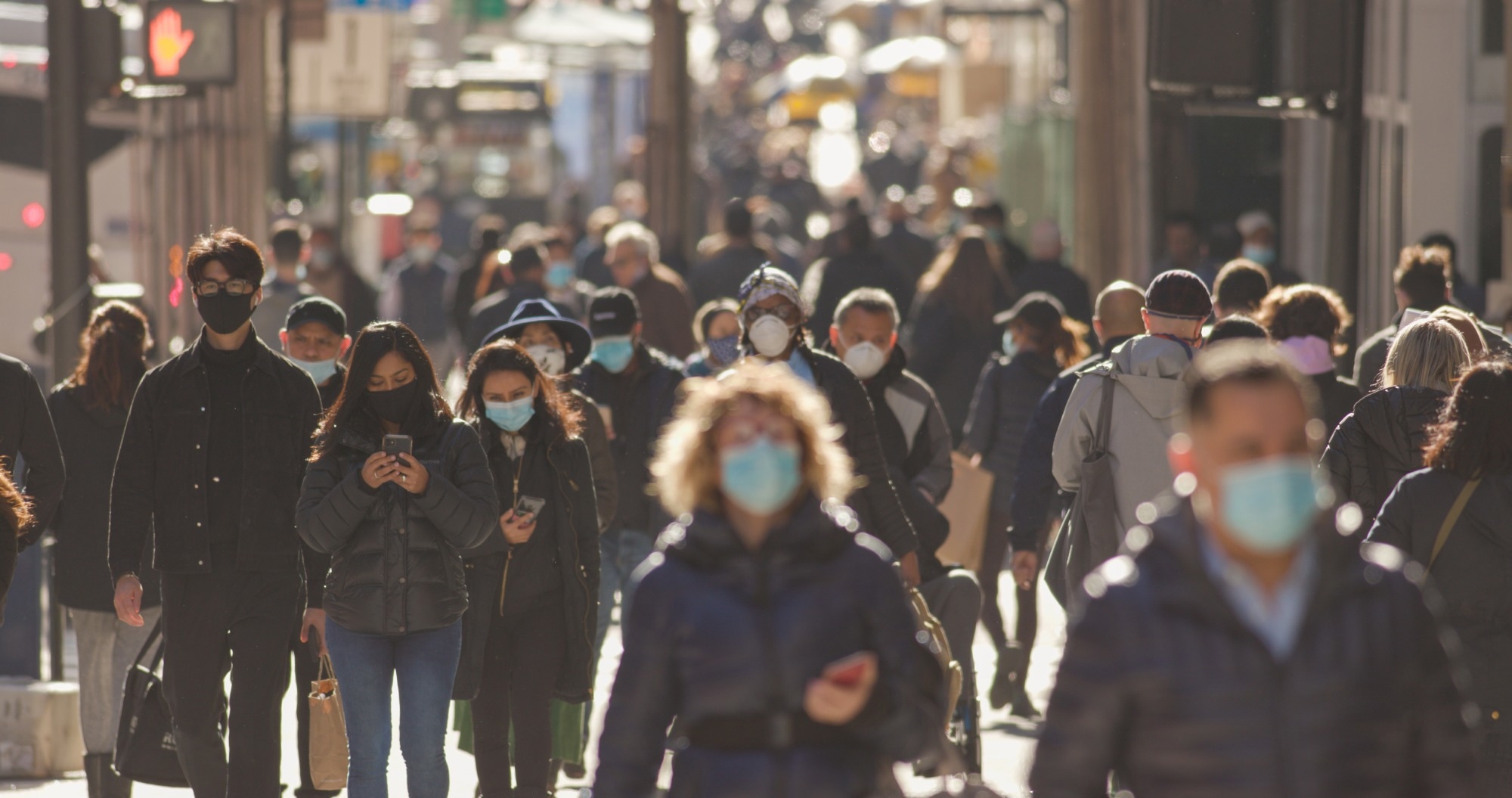In a recent review published in the Cureus Journal, researchers reviewed existing data on pandemics and described the steps needed to prevent the emergence of viruses and other organisms with pandemic potential.
 Study: The Threat of Impending Pandemics: A Proactive Approach. Image Credit: blvdone/Shutterstock
Study: The Threat of Impending Pandemics: A Proactive Approach. Image Credit: blvdone/Shutterstock
Background
The ongoing occurrence of disastrous health-associated events, whether on a broad scale, i.e., pandemic level, or in small communities, such as periodic infectious agent outbreaks, warrants a swift, target-oriented, and well-organized team for confronting the adverse health repercussions.
While ongoing recovery from the severe acute respiratory syndrome coronavirus 2 (SARS-CoV-2) pandemic continues, the battle against new emerging and/or re-emerging pathogenic organisms like Mpox, novel variants of the Influenza virus, the Zika virus, the Ebola virus, and Yellow Fever (YF) virus continues.
A global, focused, multisectoral, interdisciplinary, and collaborative approach is required to optimize health and prevent future pandemics.
About the review
In the present review, researchers highlighted pandemic-causing viruses and described proactive steps required to prevent future pandemics.
Introduction to pandemics
Pandemics declared as public health emergencies of international concern, such as the Middle East respiratory syndrome (MERS), SARS, the 2009 swine flu (H1N1) Influenza pandemic, Ebola, SARS-CoV-2, and Mpox, are dominated by zoonotic transmission or animal-to-human spillover, most of which originate from wildlife species.
The conventional epidemiological triad can explain the transmissibility of pandemic-causing viruses. E.g., the triad formed by the host (human), the YF virus, and increasing breeding regions for Aedes mosquitoes, resulting from urbanization, deforestation, and an increase in global air travel, has escalated opportunities for YF virus transmission among non-endemic nations.
The main causes of pandemic occurrence include the emergence of novel infectious pathogens with cross-species zoonotic transmission; longer survival among immunocompromised individuals; evolving viral variants with an increase in mutations that enhance infectivity, transmissibility, and immune-evasiveness; population emigration at a mass scale; an increase in livestock production; deforestation and expansion of cities; an increase in travel; climatic changes; and increased animal-human interactions.
E.g., concerning SARS-CoV-2 and other CoVs such as MERS, fauna that closely inhabits humans, such as bats and camels, function as viral reservoirs, whereas SARS-CoV-2 transmits through aerosol or droplets, more severely affecting the young, elderly, and individuals with comorbidities.
Likewise, in the 2022 Mpox outbreak, an unusual surge in cases was reported in non-endemic zones, particularly among males having sexual intercourse with males (MSM).
A proactive approach to pandemic preparedness
The continual evolution of viruses demands an increase in contact tracing efforts and improved sequencing abilities to assess the transmission of circulating and mutating viral variants and detect unusual epidemiological events. A well-articulated and one-health approach is required to improve global pandemic preparedness.
The main alarming signs of pandemics are an abrupt rise in case counts (MERS, Ebola, and Mpox) and case clusters expanding beyond endemic regions (YF, Mpox), disease occurrence beyond known species (MERS, Avian Influenza), and unrecognized clinical manifestations (microcephaly and Guillain-Barré syndrome in Zika virus).
Therefore, pandemic preparedness must focus on research on pathogens with potential, the estimation of viral spillover into humans, disease occurrence in non-endemic areas, and continual surveillance.
The development of more effective, overall, targeted, and updated vaccines, an increase in vaccination coverage, adherence to standard contact precautions, and antiviral medications may aid in lowering pandemic risks.
Further research must elucidate viral transmission, evolutionary characteristics, ecology, and infection pathophysiology to enhance drug development.
Health authorities must increase investments and funding to increase health infrastructure and increase the availability of skilled personnel for diagnosis and testing. Travel history, vaccination status, and prior history of virus exposure are important determinants that need to be reported and assessed.
Programs established for improved population health surveillance and providing global alerts include the World Health Organization’s (WHO) Global Influenza Surveillance and Response System (GISRS), the Stop Mpox Outbreak mission, and the global Eliminate Yellow Fever epidemics (EYE) strategy for YF.
Targeted surveillance in hotspots (regions of human mobility around wildlife and microbial biodiversity) is critical for detecting and mitigating emerging infectious diseases.
The United States Agency for International Development (USAID)’s Emerging Pandemic Threats program identifies hotspot regions by experts in virology, epidemiology, informatics, veterinary medicine, and genetics across 20 nations.
Systematic and periodic scanning for viral spillovers, particularly among sentinel populations like butchers, susceptible animals, vets, and wet market workers, is required. Portable, digitalized, real-time, and on-site diagnostics with short turnaround times are needed that satisfy WHO’s Affordable, Sensitive, Specific, User-Friendly, Rapid/Robust, Equipment-Free, and Deliverable (ASSURED) criteria.
Conclusion
Based on the review findings, the interplay between humans, animals, and their environments requires a multidisciplinary, collaborative, global, and proactive one-health approach for continual surveillance, hotspot identification, and increased research on viral epidemiology.
In addition, digital, rapid, and accurate real-time diagnostics and the availability of effective vaccines and drugs alongside increased funding are required to improve pandemic preparedness.